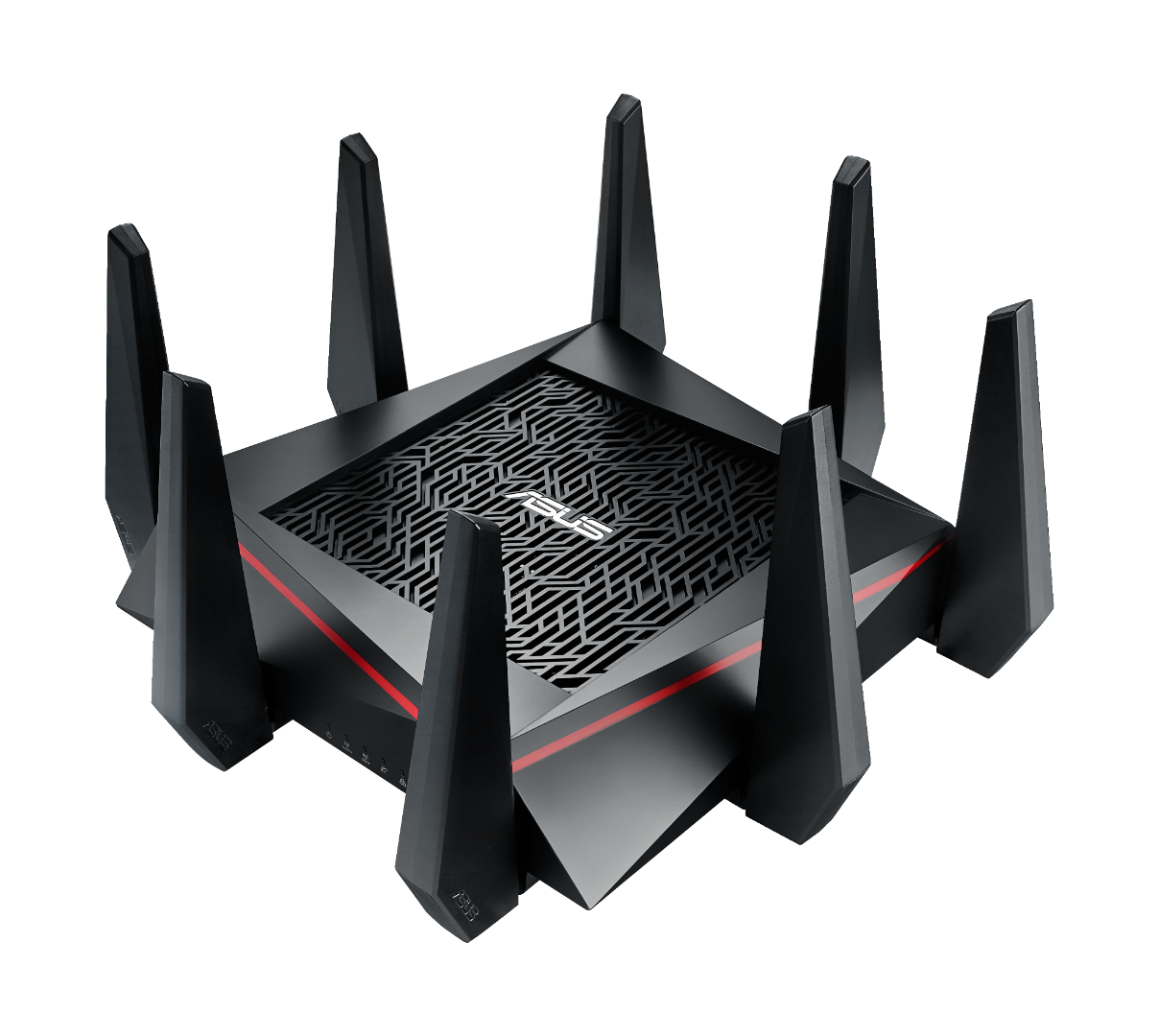Article
HP sued over security flaw in printers | Security – CNET News
My comments
An increasing trend that I have covered on this site and have noticed with equipment that I have reviewed is for the equipment to be updated with new firmware after it is sold to the customer.
Field-updating practices
Previously, this practice involved the device’s user using a regular computer as part of the update process. In a lot of cases, the user would download the update package to their computer and run a special program to deploy the update to the connected device. If the device, like a router, was connected via the network, the user uploaded the update package to the network-connected device via its management Web page or other network-file-transfer methods.
Now it is becoming more common for one to update the software in their device without the need to use a regular computer. This would be done using the setup options on the device’s control surface to check for and, if available, load newer firmware.
It also includes the device automatically polling a server for new firmware updates and inviting the user to perform an update procedure or simply updating itself during off-hours for example; in a similar vein to the software-update mechanisms in Windows and MacOS.
As well, an increasing number of devices are becoming able to acquire new functionality through the use of “app stores” or the installation of add-on peripherals.
The HP lawsuit concerning printer firmware
Just last week, there has been a lawsuit filed against HP in San Jose District Court, California, USA concerning weaknesses in the firmware in some of their printers allowing for them to accept software of questionable origin. Issues that were raised were the ability to load modified software that could facilitate espionage or sabotage. This was discovered through lab-controlled experiments that were performed on some of the affected printers.
As all of us know, the firmware or apps are typically held on servers that can be easily compromised if one isn’t careful. This has been made more real with the recent Sony PlayStation Network break-ins, although data pertaining to users was stolen this time. But it could be feasible for a device to look for new firmware at a known server and find compromised software instead of the real thing.
They even raised the question not just about the software that is delivered and installed using a computer or network but the ability to install ROM or similar hardware chips in to the device to alter its functionality. I would also see this including the ability to pass in code through “debug” or “console” ports on these devices that are used to connect computers to the devices as part of the software-development process.
This could have implications as equipment like home appliances, HVAC / domestic-hot-water equipment and building security equipment become field-programmable and join the network all in the name of “smart energy” and building automation. Issues that can be raised include heaters, ovens or clothes dryers being allowed to run too hot and cause a fire or building alarm systems that betray security-critical information to the Social Web without the users knowing.
Further ramifications of this lawsuit
Device manufacturers will have to look at the firmware that governs their products in a similar vein to the software that runs regular and mobile computing equipment. This includes implementing authenticated software delivery, software rollback options and the requirement to keep customers in the loop about official software versions and change-logs (differences between software versions).
In some cases, business computing equipment like laser printers will have firmware delivered in a similar manner to how computer software is rolled out to regular computers in larger businesses. This includes software that enables centralised firmware deployment and the ability to implement trial-deployment scenarios when new firmware or add-on software is released.
Devices that have proper-operation requirements critical to data security or personnel / building safety and security may require highly-interactive firmware delivery augmented with digital-signature verification and direct software-update notification to the customer.
Similarly, security-software vendors may push for a system of integrating software solutions, including “edge-based” hardware firewall appliances in the process of software delivery to other devices.
Conclusion
What I would like to see out of this case if it is allowed to go “all the way” is that it becomes a platform where issues concerning the authenticity, veracity and safety of field-updatable firmware for specific-purpose devices are examined.


